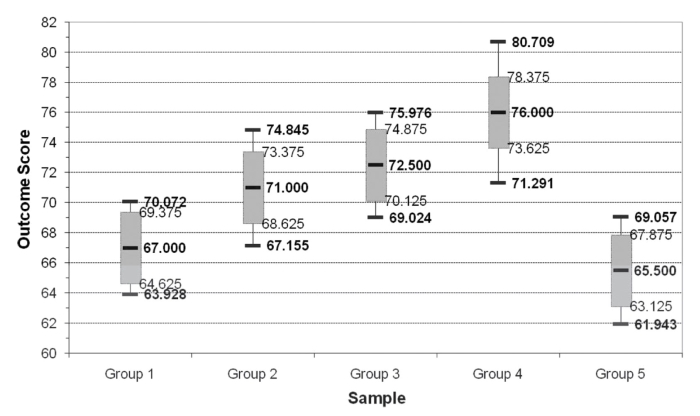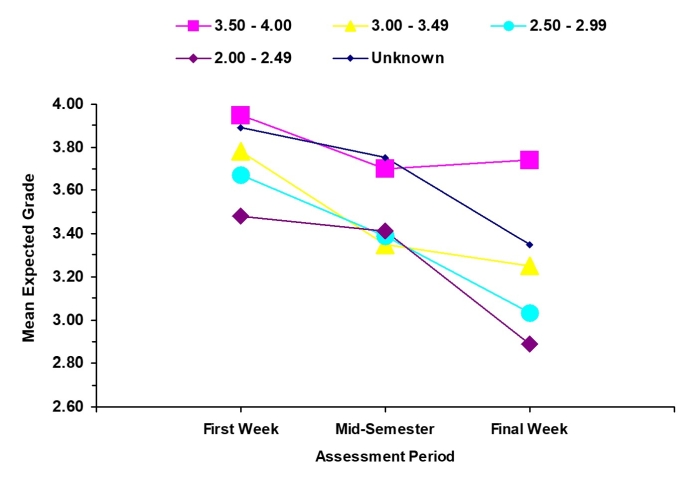As a social and cultural psychologist, I have a broad interest in people's social behavior, especially as it is both common and distinctive across cultures. One area of substantive research centers on a general theme: identifying people's concerns about what is fair, just, and proper in both basic and applied settings. In a separate thread of research, my primary involvement in cultural and evolutionary psychology for several years had been as part of a large-scale cross-cultural study of marital satisfaction.
- Wendorf, C. A., & Lucas, T. (2018). Getting it right: Why invariance testing with respect to gender and culture is important. In G. Weisfeld, C. Weisfeld, & L. Dillon (Eds.), Psychology of marriage: An evolutionary and cross-cultural view (pp. 41-52). Lexington Books. https://rowman.com/ISBN/9781498541251/
- Lucas, T., Kamble, S. V., Wu, M. S., Zhdanova, L., & Wendorf, C. A. (2016). Distributive and procedural justice for self and others: Measurement invariance and links to life satisfaction in four cultures. Journal of Cross-Cultural Psychology, 47, 234–248. https://doi.org/10.1177%2F0022022115615962
- Lucas, T., Zhdanova, L., Wendorf, C. A., & Alexander, S. (2013). Beliefs for self and others: Multilevel associations with life satisfaction and self-rated health. Journal of Happiness Studies, 14, 1325-1341. https://doi.org/10.1007/s10902-012-9387-6
- Lucas, T., & Wendorf, C. A. (2012). Perceived justice and well-being at work: Why and for whom do unethical practices matter? In R. A. Giacalone and M. D. Promislo (Eds.), Handbook of unethical work behavior: Implications for individual well-being (pp. 237-252). M. E. Sharpe. https://www.routledge.com/p/book/9780765632562
- Wendorf, C. A., Lucas, T., İmamoğlu, E. O., Weisfeld, C. C., & Weisfeld, G. E. (2011). Marital satisfaction in three countries: Does the number of children have an impact after accounting for other marital demographics? Journal of Cross-Cultural Psychology, 42, 340-354. https://doi.org/10.1177%2F0022022110362637
- Lucas, T., Parkhill, M. R., Wendorf, C. A., İmamoğlu, E. O., Weisfeld, C. C., Weisfeld, G. E., & Shen, J. (2008). Cultural and evolutionary components of marital satisfaction: A multidimensional assessment of measurement invariance. Journal of Cross-Cultural Psychology, 39, 109-123. https://doi.org/10.1177%2F0022022107311969
- Lucas, T., Wendorf, C. A., İmamoğlu, E. O., Shen, J., Parkhill, M. R., Weisfeld, C. C., & Weisfeld, G. E. (2004). Marital satisfaction in four cultures as a function of homogamy, male dominance, and female attractiveness. Sexualities, Evolution & Gender, 6, 97-130. https://doi.org/10.1080/14616660412331327518
- Franks, M. M., Wendorf, C. A., Gonzalez, R., & Ketterer, M. (2004). Aid and influence: Health promoting exchanges of older married partners. Journal of Social and Personal Relationships, 21, 431-445. https://doi.org/10.1177%2F0265407504044839
- Wendorf, C. A., Alexander, S., & Firestone, I. J. (2002). Social justice and moral reasoning: An empirical integration of two paradigms in psychological research. Social Justice Research,15(1), 19-39. https://doi.org/10.1023/A:1016093614893
- Weisfeld, G. E., & Wendorf, C. A. (2000). The IDS and discrete emotions theory. In L. Sloman and P. Gilbert (Eds.), Subordination and defeat: An evolutionary approach to mood disorders and their therapy (pp. 121-146). Lawrence Erlbaum.
- Wendorf, C. A. (2001). History of American morality research, 1894-1932. History of Psychology, 4, 272-288. https://dx.doi.org/10.1037/1093-4510.4.3.272
Conference Presentations
- Lucas, T., Wu, M. S., Kamble, S. V., Zhdanova, L., & Wendorf, C. A. (2012). Procedural and distributive justice beliefs for self and others: Measurement invariance and links to well-being in individualistic and collectivistic cultures [Poster session]. International Society for Justice Research, Rishon LeZion, Israel.
- Wendorf, C. A., Kastner, A. N., & Sworsky, S. P. (2007, May). Where is justice in the realm of values and politics? [Poster session]. Midwestern Psychological Association, Chicago, IL.
- Wendorf, C. A., & Sonnentag, T. L. (2007, May). Similarity as the basis for distributive and retributive justice [Poster session]. Midwestern Psychological Association, Chicago, IL.
- Wendorf, C.A., Parker, M. T., Seefelt, J. L., Kosmalski, J. A., & Teo, Y. P. (2006, May). Exclusion from fairness concerns in the wake of terror [Paper presentation]. Midwestern Psychological Association, Chicago, IL.
- Cano, A., Roos, M. T., Geisser, M., & Wendorf, C. A. (2004, November). Couples’ life stressors as correlates of pain and psychological distress [Symposia presentation]. Association for the Advancement of Behavior Therapy, New Orleans, LA.
- Wendorf, C. A. (2004, April). The structure and determinants of justice criteria importance [Poster session]. Midwestern Psychological Association, Chicago, IL.
- Wendorf, C. A., & Firestone, I. J. (2004, April). Functional morals: Attitude functions and moral reasoning [Poster session]. Midwestern Psychological Association, Chicago, IL.
- Parkhill, M. R., Lucas, T. W., Wendorf, C. A., İmamoğlu, E. O., & Shen, J. (2003, June). The meaning of marriage: Cross-cultural invariance testing of a marital satisfaction measure [Paper presentation]. Human Behavior and Evolution Society, Lincoln, NE.
- Wendorf, C. A., Weisfeld, G. E., Parkhill, M. R, Lucas, T. W., & Weisfeld, C. C. (2002, August). Marriage within the extended family in four cultures [Paper presentation]. International Society for Human Ethology, Montreal, Canada.
- Weisfeld, G. E., Weisfeld, C. C., İmamoğlu, E. O., Shen, J., & Wendorf, C. A. (2001, June). Cultural differences in the impact of number of children on marital satisfaction [Paper presentation]. Human Behavior and Evolution Society, London, UK.
- Wendorf, C. A., & Alexander, S. (2001, May). Justice context and changes in fairness-related criteria over time [Poster session]. Midwestern Psychological Association, Chicago, IL.
- Weisfeld, G. E., Wendorf, C. A., Weisfeld, C. C., İmamoğlu, E. O., & Shen, J. (2000, August). Marriage and emotional well-being in three cultures [Paper presentation]. International Society for Human Ethology, Salamanca, Spain.
- Weisfeld, C. C., Wendorf, C. A., Weisfeld, G. E., Shen, J., & İmamoğlu, E.O. (2000, August). Sex and cultural differences in marital satisfaction [Paper presentation]. International Society for Human Ethology, Salamanca, Spain.
- Dickson, M. W., & Wendorf, C. A. (1999, August). Manager's implicit theories of motivation: How managers think motivation "works" [Poster session] American Psychological Association, Boston, MA.
- Wendorf, C. A., Firestone, I. J., & Alexander, S. (1999, August). Social justice and moral reasoning: Comparing two traditions of psychological research [Poster session]. American Psychological Association, Boston, MA.
- Wendorf, C. A., & Alexander, S. (1999, April). Distributive and procedural justice in a moral reasoning context [Poster session]. Midwestern Psychological Association, Chicago, IL.


